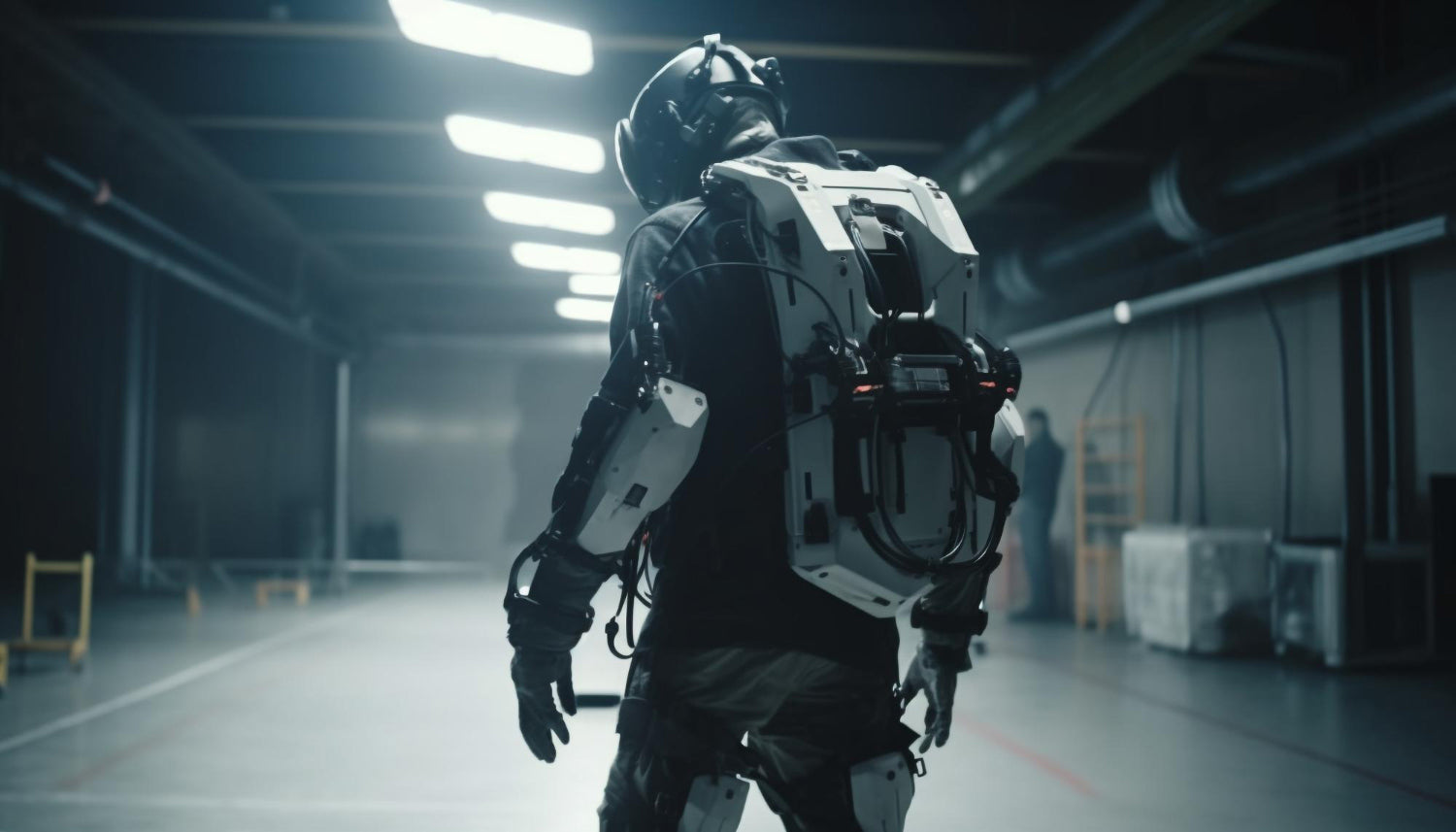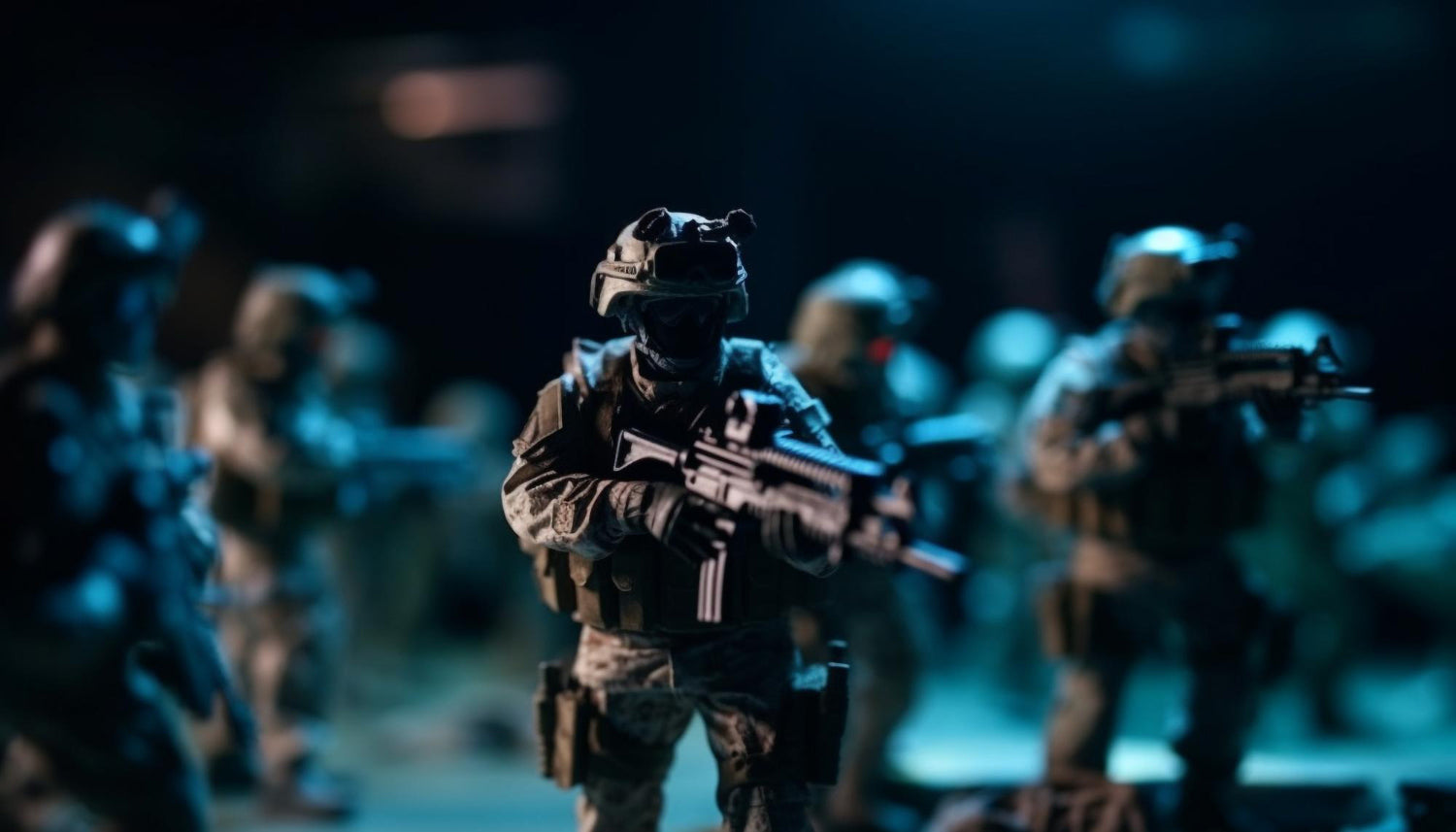Can a Ballistic Helmet Stop a Bullet? Understanding Helmet Protection Levels
Can a ballistic helmet effectively stop a bullet and protect the wearer from potentially life-threatening injuries? This question is of paramount importance in various high-risk environments, including military operations, law enforcement activities, and personal defense scenarios. In this comprehensive article, we will delve into the topic of ballistic helmet protection levels, analyze the capabilities of different helmet designs, and explore the likelihood of a ballistic helmet successfully stopping a bullet.
Section 1: Understanding Ballistic Protection Levels
To evaluate the effectiveness of a ballistic helmet in stopping bullets, it is crucial to understand the concept of ballistic protection levels. These levels categorize the ability of a helmet to withstand different types and velocities of projectiles. Organizations such as the National Institute of Justice (NIJ) in the United States and the Centre Européen de Normalisation (CEN) in Europe have established rigorous testing standards to determine these levels
Section 2: Helmet Design and Materials
The design and materials used in the construction of ballistic helmets significantly influence their ability to stop bullets. Modern ballistic helmets commonly employ composite materials such as aramid fibers (e.g., Kevlar®) or ultra-high-molecular-weight polyethylene (UHMWPE). These materials offer excellent strength-to-weight ratios and high ballistic resistance. The design factors, including shape, thickness, and coverage area, also play a crucial role in determining a helmet's protective capabilities.

Section 3: NIJ and CEN Ballistic Protection Standards
The NIJ and CEN have established stringent testing standards to evaluate the ballistic resistance of helmets. These standards involve firing various projectiles, including bullets, at the helmets and assessing their ability to prevent penetration and reduce the impact on the wearer's head. Helmets meeting specific requirements are assigned corresponding protection levels, such as NIJ Level IIIA or CEN Level B6.
Section 4: Helmet Protection Levels and Bullet Stopping Power
The ability of a ballistic helmet to stop a bullet depends on its specific protection level. Standard NIJ Level IIIA helmets are designed to stop most handgun rounds and some shotgun projectiles. However, they are not intended to reliably stop high-velocity rifle rounds. Higher-level helmets, such as NIJ Level III and specialized military helmets, may offer increased protection against rifle rounds. Understanding the limitations of each protection level is essential when considering a helmet's bullet-stopping capabilities.
Section 5: Specialized Helmets and Advanced Technologies
In addition to standard ballistic helmets, specialized military helmets and advanced technologies have been developed to provide enhanced protection against bullets. These helmets often incorporate additional layers of ballistic materials, such as ceramic or steel plates, to increase their bullet-stopping power. They are designed to meet specific military requirements, including protection against higher-velocity rifle rounds.

Section 6: Limitations and Real-World Considerations
While ballistic helmets can provide significant protection against various ballistic threats, it is crucial to acknowledge the limitations and real-world considerations. Factors such as bullet caliber, velocity, angle of impact, and range can significantly affect a helmet's ability to stop a bullet. Additionally, no helmet can provide absolute protection against all bullet types, and vulnerable areas, such as the face and neck, may still be exposed.
Section 7: Importance of Proper Helmet Usage
Proper usage of a ballistic helmet is essential for maximizing its effectiveness in stopping bullets. This includes ensuring a proper fit, adjusting the suspension system correctly, and following manufacturer guidelines for maintenance and inspection. Regular inspection and replacement of helmets following any significant impact or expiration date are crucial to ensure reliable protection.
Section 8: Conclusion
In conclusion, the ability of a ballistic helmet to effectively stop a bullet depends on its specific protection level, design, and materials. Standard NIJ Level IIIA helmets are not designed to reliably stop rifle rounds but can provide protection against most handgun rounds. Higher-level helmets, specialized military helmets, and advanced technologies incorporating additional layers of ballistic materials offer increased bullet-stopping power. Understanding the limitations and considering real-world factors is crucial when selecting and using ballistic helmets for optimal protection in high-risk environments.





